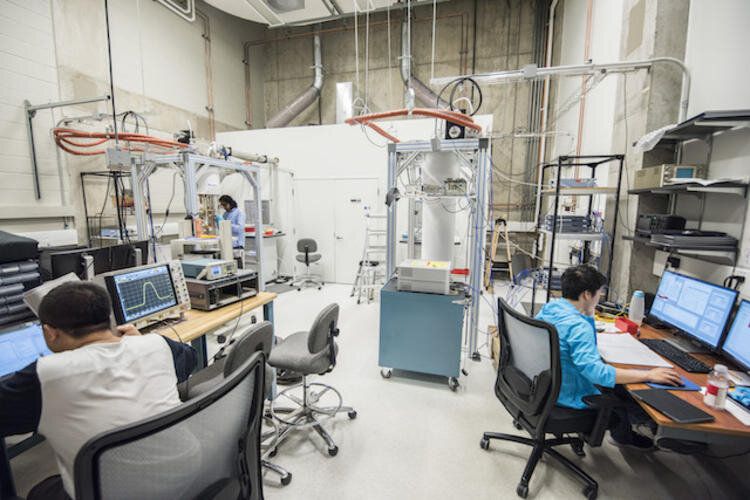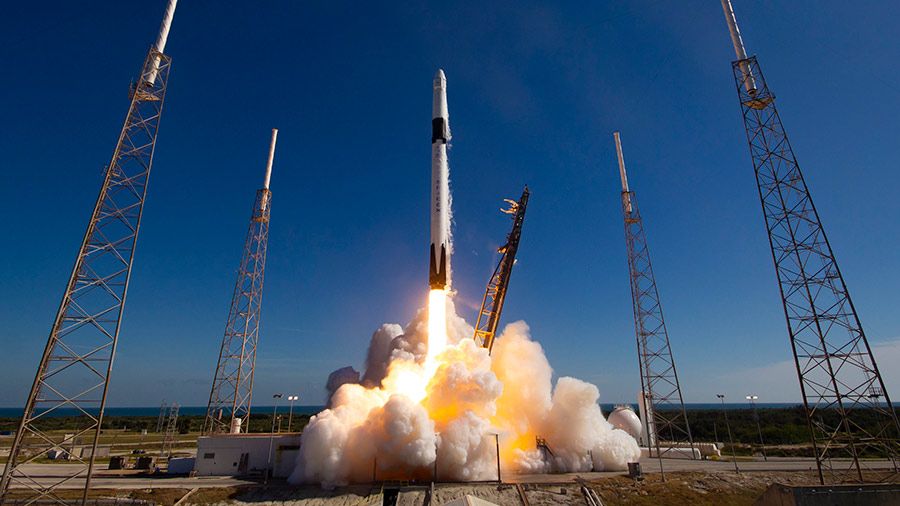Get the latest international news and world events from around the world.

On the far side of the Moon, China’s lunar lander makes a game-changing discovery
“Chang’e 4’s landing was no mean feat in itself. The reason why it is so difficult to send anything, robot or man, to the far side of the Moon, is because it is difficult to maintain communications with ground control on Earth with a giant rock in between (the Moon!).”
Chang’e-4 is the first spacecraft ever to land on the Moon’s far side.


Quantum researchers able to split one photon into three
Researchers from the Institute for Quantum Computing (IQC) at the University of Waterloo report the first occurrence of directly splitting one photon into three.
The occurrence, the first of its kind, used the spontaneous parametric down-conversion method (SPDC) in quantum optics and created what quantum optics researchers call a non-Gaussian state of light. A non-Gaussian state of light is considered a critical ingredient to gain a quantum advantage.
“It was understood that there were limits to the type of entanglement generated with the two-photon version, but these results form the basis of an exciting new paradigm of three-photon quantum optics,” said Chris Wilson, a principle investigator at IQC faculty member and a professor of Electrical and Computer Engineering at Waterloo.


California is monitoring at least 8,400 people for the coronavirus
California has thousands of people that they’re watching for the Wuhan Coronavirus Pandemic.
California Gov. Gavin Newsom said Thursday that 33 people have tested positive for COVID-19 and the state is currently monitoring at least 8,400 others —a day after U.S. health officials confirmed the first possible community transmission of the coronavirus in a Solano County resident.
“This is a fluid situation right now and I want to emphaize the risk to the American public remains low,” said Dr. Sonia Y. Angell, California Department of Public Health Director and State Health Officer during a press conference. “There have been a limited number of confirmed cases to date.”
The Centers for Disease Control and Prevention doesn’t know exactly how the new California patient, who’s receiving medical care in Sacramento County, contracted the virus. The patient didn’t have a relevant travel history or exposure to another patient with the virus, the CDC said Wednesday.


Do Trees Die of Old Age?
The oldest known tree in the world is an unnamed Great Basin bristlecone pine in the White Mountains of California. At 5,064 years old, this tree has seen things, man. Though not even remotely as majestic or gigantic as the mighty Redwoods, the bristlecone pines, which claim the top three spots on the list of the world’s oldest trees, look the part of their ancient age: round, wise, and a little scraggly around the edges, like crotchety old grandmothers.
So will there come a time when these sage trees die from old age?
Space docking first gives commercial satellites a new lease of life
Two unmanned commercial satellites have docked in orbit for the first time. On February 25, Northrop Grumman’s Mission Extension Vehicle-1 (MEV-1) linked up with the Intelsat 901 (IS-901) communication satellite at an altitude of 22,416 mi (36,076 km) above the Earth as part of a project to extend the service life of satellites that are running low on propellants.
The building and launching of satellites is extremely expensive, so it’s more than just frustrating when a perfectly good spacecraft has to be disposed of or abandoned simply because it has run out of the propellants needed to keep it in its proper orbit and pointed at Earth. There have been a number of solutions proposed for this problem – in this case Northrop’s MEV-1 is designed to match orbits with aging satellites, dock, and take over the job of maintaining orbit and attitude.
MEV-1 was launched on October 9, 2019, and then executed a series of orbital maneuvers to rendezvous with IS-901, 180 mi (290 km) above geosynchronous orbit. Northrop says the target communication satellite was removed from service last December after over 19 years of service and its customers transferred to other Intelsats.

Dragon Launch Set for March 6, Station Bone Research Benefits Earth
SpaceX has announced March 6 for the launch of its 20th contracted cargo mission to the International Space Station. Its Dragon resupply ship will arrive March 9 with over 5,600 pounds of science hardware, research samples and supplies to the Expedition 62 crew.
Meanwhile, NASA Flight Engineers Jessica Meir and Andrew Morgan are tending to a new experiment, which was delivered early last week aboard Northrop Grumman’s Cygnus cargo craft. The astronauts are exploring the differences between bone cells exposed to microgravity versus samples magnetically levitated on Earth.
Doctors will use the comparisons to gain a deeper understanding of bone diseases. Space-caused bone loss is similar to the symptoms of Earth-bound conditions such as osteoporosis. Astronauts exercise daily keeping track of their diet to counteract the effects of microgravity and maintain healthy bones and muscles.